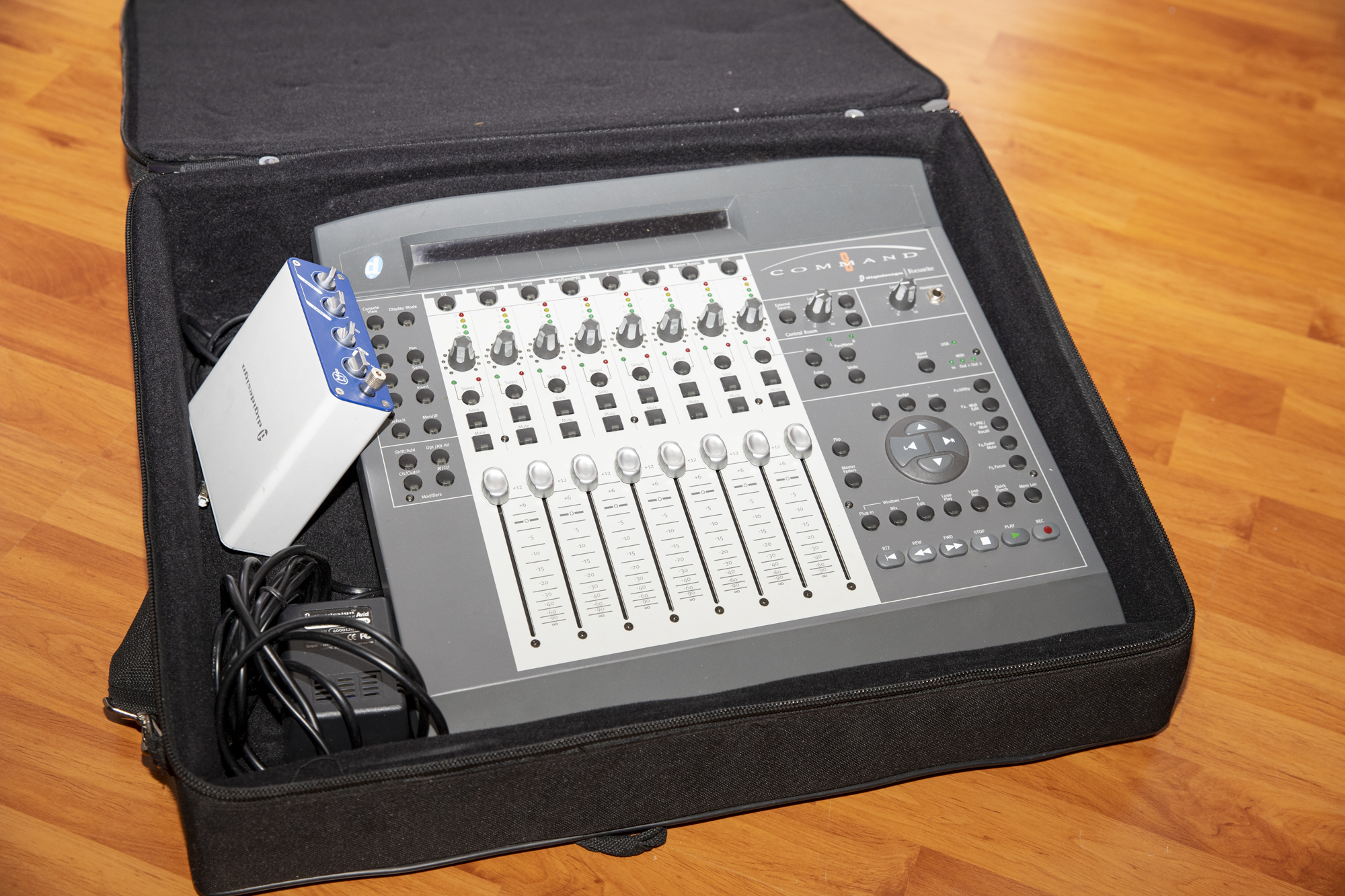

Peel and cut the glue.)Ģ) On the main circuit board, find the chip labeled U23. (It will hinge at the top where it’s internally glued. This mod tricks the Mbox into “analog preamp mode” (mode 2) when plugged into a USB power supply:ġ) Remove 2 screws and take off the right side of the case. It needs to be connected to a real computer to get permission, so it limps along forever when plugged into a USB charger.) (This is actually proper USB device behavior: The Mbox must wait for a computer to approve its request for full power before it can enable the audio portions of the circuitry. No amount of trickery with resistors on the data lines will help.

No digital audio connection to host computer. Connected to a computer without drivers / Pro Tools:Īnalog inputs are pre-amplified and sent to analog line outputs.(Also, where did you get that time machine?) Connected to a computer with (old) supported OS and Pro Tools installed:Įverything works already, so this mod is not for you.(Avid/Digidesign abandoned the Mbox so there are no CoreAudio drivers for recent operating systems.) I really wanted this tale of planned obsolescence to end happily, so I traced as much of the circuit as I could understand and discovered a very simple solution… Before modification, the Mbox has 3 basic modes: It doesn’t lock you into expensive hardware either, so I’ve been eying my original Mbox with disdain for a few years now.

It’s an audio editor with more functionality than Pro Tools, but it’s free to try and cheap to buy. Every few years we were forced to buy new hardware (with no added features) if we wanted to keep using Pro Tools. Until recently, Pro Tools only ran on proprietary audio devices. With a simple hack you can use your old Mbox 1 as a standalone analog mic preamp!Īny long-term user of Avid’s Pro Tools audio software probably has a stack of obsolete hardware that won’t work with newer versions.


 0 kommentar(er)
0 kommentar(er)
